As we step into 2024, big changes are happening in the EV industry and the electrification of transportation. Electric vehicle trends for 2024 include lower electric car prices, an expansion of EV charging stations, and greater EV charging plug compatibility. Read on to learn about
In 2023, Tesla eventually shipped the first Cyber trucks following years of anticipation. Naturally, we’ll have to examine if the numerous development quality issues have been resolved. Fortunately, though, now that the truck has been delivered to a very small number of clients, we won’t have to add it to our annual guide once again.
Tesla has other problems to deal with in the interim, like fighting against Chinese brands and recalling almost all of the EVs it has sold in the US to address an Autopilot issue. Despite a slowdown in global sales growth, China’s BYD Auto is expected to overtake Tesla in the near future and take the lead globally in terms of sales volume.
The sheer number of EVs that will be available in 2024 is evidence that traditional automakers are producing all-electric cars at an ever-increasing rate. It is our hope that when electric architecture presents itself, more and more inclusive and less macho designs will be made by future automakers.
EV trends and how they’re shaping the future of the electric Car market in the coming year.
Here is our in-depth guide to the major EV- trends and issues for 2024.
Kia EV3

The EV3 electric small SUV from Kia made its concept debut the previous year and will go on sale in 2024. Naturally, Kia’s goal is to create a vehicle that is both useful and “joyful to drive,” and it looks a lot like the scaled-down EV9 that was one of last year’s choices. Kia intends to release several more affordable EVs, such as the EV3, that will retail for between $35,000 and $50,000.
The EV3’s windscreen is thrust forward, and its sturdy, squared wheel arches—cut at an uneven angle—mirror the EV9. The roof appears to float because of a broken C pillar. Mini tables that can be rotated in terms of length, position, and angle should be included, along with eco-friendly furnishings. Heavy objects like bicycles and electric scooters can be stored by folding the rear seat, which is designed like a bench, upward.
Hyundai Ioniq 5 N

It’s no secret that we like Hyundai’s new design direction and that we thought the 2021 “original” Ioniq 5 looked good. However, some aspects of the 5—the flared wheel arches and the pointed center of the front bumper, to mention two—might not age as well as one might assume. It is pleasing that this update, known as the Ioniq 5 N and scheduled for release in 2024, tempers those early design fervors.
Next is the performance enhancement: When you use the N Grin Boost button, you may get up to 478 kW/650 PS of torque and power. If you prefer to go sideways, drift tech assists you in maintaining your slide angles. Additional features include a lip spoiler that spans the lower portion of the front bumper, bucket seats that are 20 mm lower than the standard model, and a rear diffuser with “eye-catching” glowing orange highlights.
Hyundai Ioniq 7
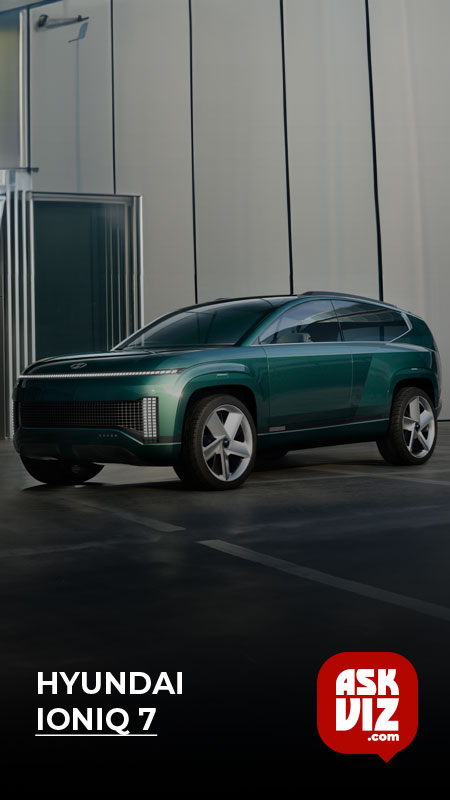
With the release of Kia’s EV9, the Hyundai Motor Group’s upcoming large eSUV, the Ioniq 7, has been spotted in the wild during testing ahead of its 2024 launch. A good range and integrated autonomous driving technology are to be expected. Ioniq 6 is an amazing product that the interior will probably learn from.
Unlike the boxy Kia EV9, the Ioniq 7 has a sloping roofline at the back and a steeply sloped windscreen, even though both vehicles are built on the same E-GMP platform. The EV9 is available in the UK with a 99.8-kWh battery that powers a single 201-bhp motor or a dual 379-bhp motor. Anticipate something like to the Ioniq 7 given that the EV9 is purportedly able to travel over 350 miles on a single charge. Additionally, it will have the superior 800-volt charging mechanism, which enables a 25-minute charge time from 10 to 80 percent.
One of the final models to utilize the E-GMP platform developed by the Hyundai Group is anticipated to be the Ioniq 7. The first cars built on its next-generation electric vehicle platforms, the eM and eS, will go on sale in 2025. The eM is expected to provide Level 3 or higher autonomous driving, as well as a 50% increase in range on a single charge. Additionally, it will make use of the group’s “Integrated Modular Architecture,” standardizing vital parts like motors and batteries. For commercial purpose-built vehicles such as those used for delivery, ride-sharing, and cargo carrying, there is an electric vehicle platform called eS.
Range Rover Electric
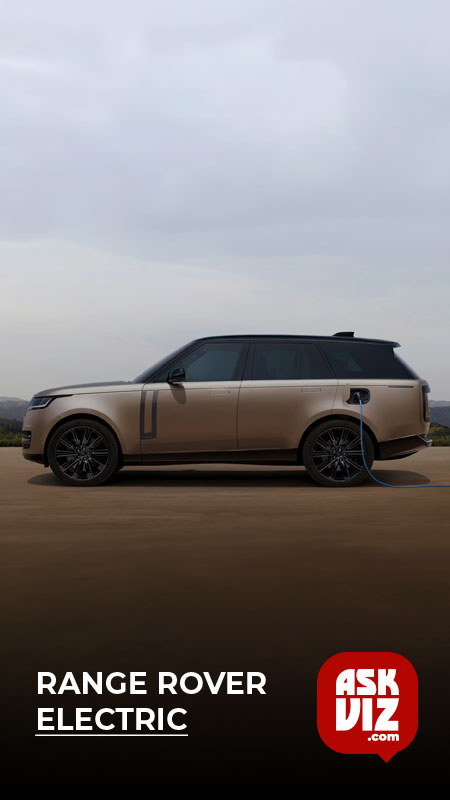
After a delayed launch, Land Rover has officially announced that the fully electric Range Rover will go into production in 2024. Given the company’s more than 50 years of experience dominating off-road terrain, you can be sure that it is not taking any chances. On-road testing has already started in a variety of climates, including -40 degrees Celsius in Sweden and 50 degrees Celsius in Dubai.
The all-electric Range Rover will have an 800-volt design for quick charging, just like the existing models of Kias and Hyundais. Anticipate a substantial range as well—nearly 400 miles. Thanks to the electric drivetrain, it will not only be incredibly quiet, but an active noise canceling system has also been guaranteed. Preorders are currently available for those who can’t wait to read the reviews.
Ford Explorer
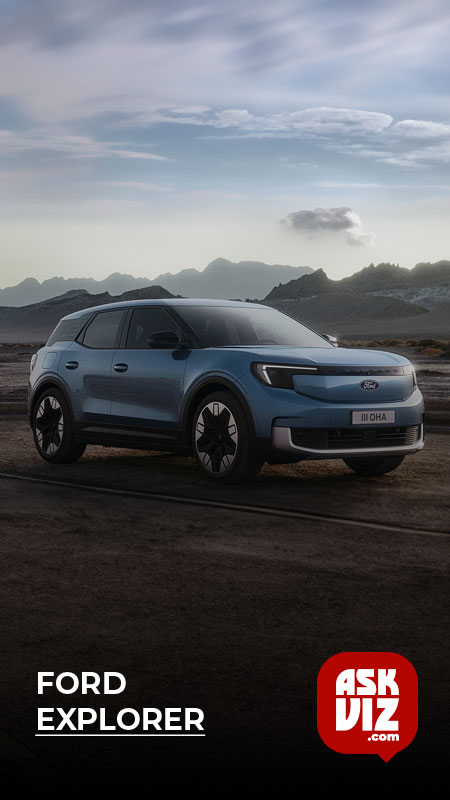
The Explorer crossover is scheduled to debut in the summer of 2024, following a six-month delay caused by battery problems. It will probably have the same battery and motor options as the ID models, meaning 52-kWh or 77-kWh numbers good for up to 335 miles and between 201 and 335 horsepower. It employs Volkswagen’s MEB architecture. This electric vehicle was created in America but is currently only available in the EU.
If it becomes popular, though, who knows? It was constructed in the brand-new Ford Cologne electric vehicle Center in Germany. Versions with two or all wheels’ drive will be available, and they can be fast-charged from 10 to 80 percent in just 25 minutes. Another highlight is the cabin, which includes a soundbar that spans the entire dash.
Polestar 4
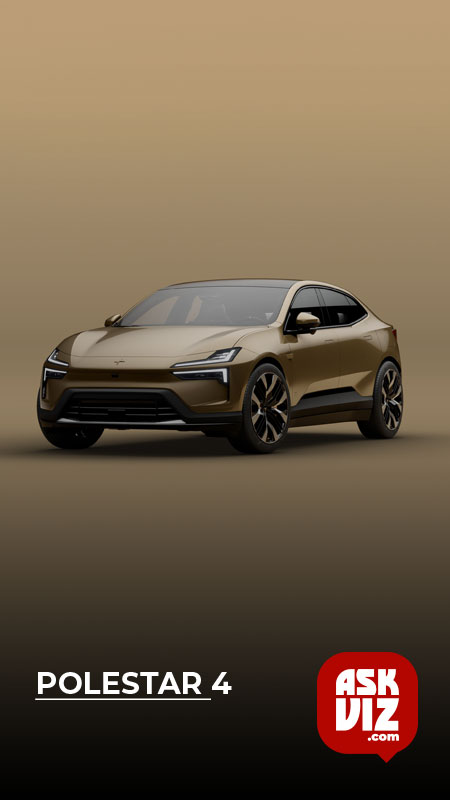
A unique take on an SUV coupé is the Polestar 4. You can understand why by looking at the back end—Polestar completely removed the rear glass. The most potent dual-motor 4 is the highest-performing Polestar to date, and it can operate a 102-kWh battery for a stated 350 kilometers (using the WLTP method of measurement). With 272 horsepower and a stated range of 372 miles (WLTP), the long-range single motor automobile is powerful.
Included is bidirectional charging, and the car’s battery can be used to run small appliances thanks to vehicle-to-load capability. The brand is depending on the capabilities of the high-definition screen, which takes the place of the antiquated rear-view mirror, rather than the rear glass. A wider field of vision is purportedly provided via a real-time feed from a back camera installed on the roof. Range Rover has been employing its ClearSight camera mirror for years, so this technology isn’t new, but Polestar is the first to fully utilize its design potential. The cause? improved qualities for aerodynamics The 4’s drag coefficient is a slick 0.26.
Porsche Macan electric vehicle
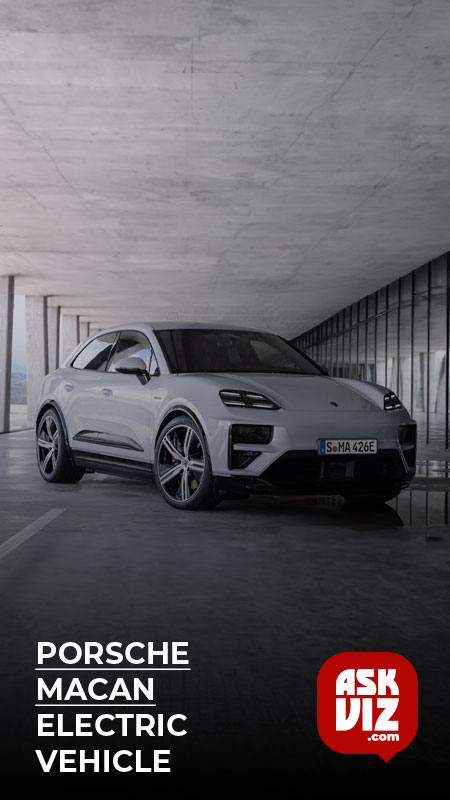
After a long wait after the 2019 Taycan, the all-electric Macan will eventually be unveiled in 2024. (Although the anticipated all-electric 718 Boxster and Cayman will have to wait a little longer.) With a two-motor arrangement that can produce up to 603 horsepower, Porsche’s second electric vehicle (EV), which was designed from the ground up for the new powertrain, should have the speed you’d expect from the brand. Its 100-kWh battery should also have a minimum range of 310 miles. The main 12.3-inch touchscreen in the cabin is controlled by a new Porsche user interface (UI) that reportedly integrates electric drive elements like intelligent routing and real-time updates of public fast-charging stations better.
Audi Q6 e-tron
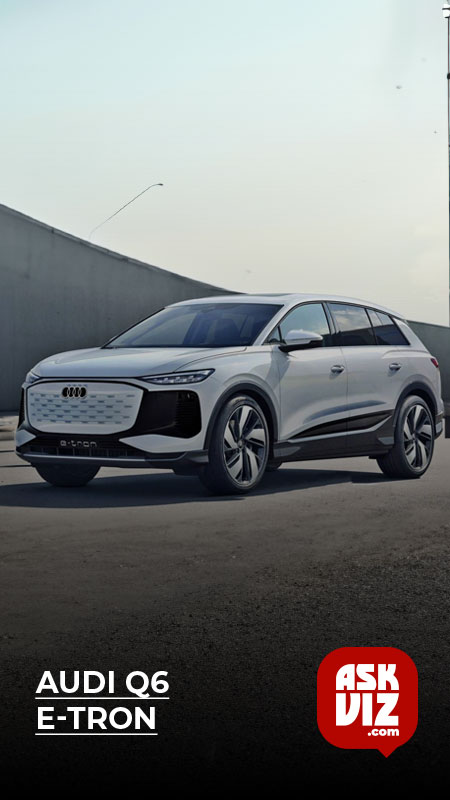
Positioned between the larger Q8 e-tron and the smaller Q4 e-tron, Audi’s new eSUV boasts a next-generation electric vehicle chassis called the Premium chassis Electric, or PPE, which it shares with Porsche and will also be utilized on the aforementioned Macan electric vehicle. It features new electric motors, an 800-volt architecture similar to that of the current Kia and Hyundai vehicles, and a 93.0-kWh battery that uses prismatic lithium-ion cells to increase the battery’s energy density.
With the front unit used for traction and acceleration, the rear motor serves as the primary powerplant. The combined output of these two motors is expected to propel the Q6 (and SQ6) to a zero-to-60 time of less than six seconds. We hope that the headlamp technology from the prototype—which can project both text and videos—makes it into production. Cross your fingers.
Nimbus One EV

This agile, two-seater urban electric vehicle has the motto, “Your three-wheeled chariot awaits.” In addition to having impressive specs—0 to 30 mph in 3 seconds, 93 miles of range, 370 miles per gallon gasoline equivalent, front airbags, ABS, ADAS, and a steel frame—the under $10,000 car that will be available in 2024 also looks like a lot of fun to drive.
It also has a swappable 9-kWh battery that can be charged in 5.4 hours using a standard household outlet. There will be two Nimbus models available; the One will peak out at 50 mph, while the One S will reach 75 mph. The true benefit, though, is that the Nimbus’s small three-wheel design—as narrow as a motorcycle—allows it to balance itself by slanting into corners, which makes it perfect for weaving through traffic.
2024 BMW i4

For good reason, the German automaker’s BMW i4 has been a success. But a 2024 update is going to make a small improvement. Even though it was hidden when being tested, it appears that the outside design isn’t changing all that much. The headlights have an LED signature, the bumper design is essentially unaltered, and the grille stays mostly the same with the radar to one side.
However, new rear lights and a redesigned back bumper are possible. Expect BMW to fix this issue as well as receive the new iDrive 9 infotainment system. The current i4 has a range of up to 365 miles with an 80-kWh battery, but this is surpassed by the Model 3 Long Range’s 391 miles.
Emeya Lotus
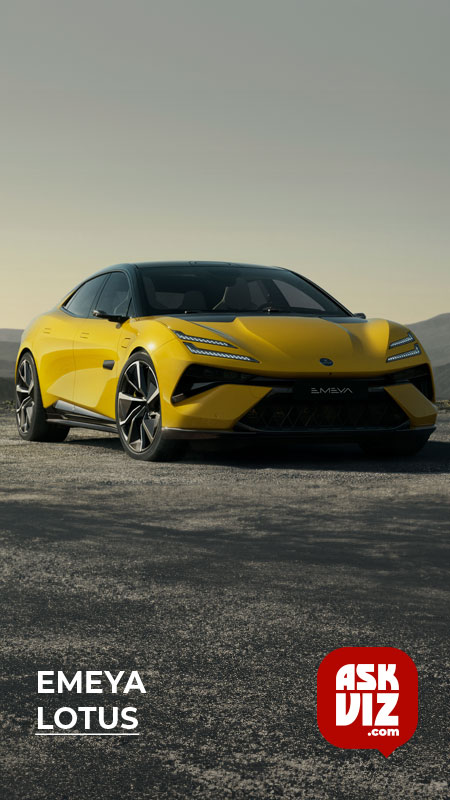
After the SUV Eletre, which we thought was excellent, Lotus has released its first hyper-GT, designed to compete with the Porsche Taycan. After the much-delayed Evija hypercar and the Eletre, the four-door electric vehicle will become the British brand’s third electric vehicle when it goes into production in 2024.
With adaptive air suspension and active aero, the top model is expected to produce 893 horsepower and reach 62 mph from zero to sixty miles per hour in an impressive 2.8 seconds. There are rumors that Lotus will include a 102-kWh battery pack that can be charged at 350 kW for 10 to 80 percent of its capacity in as little as 18 minutes. Regarding range, Lotus has stated that the Emeya will be able to go 315 miles, or from Amsterdam to Paris, on a single charge.
BYD Seal U
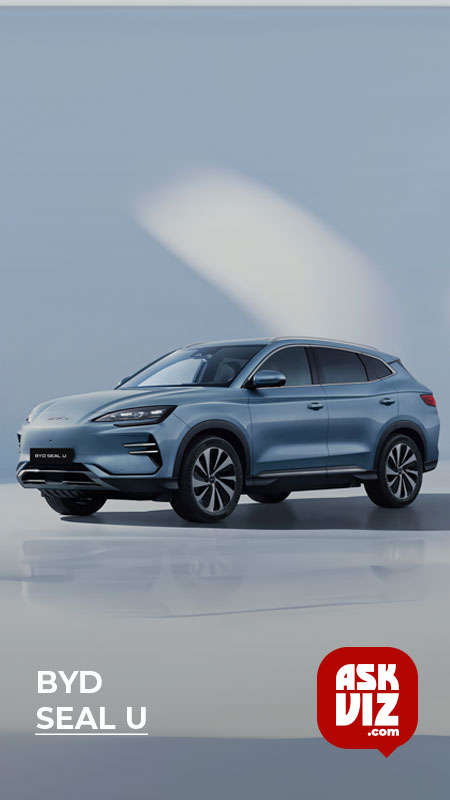
Arriving in the UK in early 2024, this fourth model will continue BYD’s march toward worldwide electric vehicle domination. The brand’s debut SUV for UK consumers will be the Seal U because the Tang, the larger seven-seater, is only available in left-hand drive.
The Seal U is a variant of a car that is already offered in China and comes with a plug-in hybrid or pure electric option. The Seal saloon is electric solely and runs on BYD’s e-Platform 3.0. The Seal U, an electric midsize SUV with two battery levels (71 kWh and 87 kWh), is intended to compete with the Volkswagen ID.4 and Ford Explorer. Both will have 218-bhp electric motors, with the smaller one expected to have a range of 261 miles and the larger one of 311 miles. For the 71-kWh variant, charging from 30 to 80 percent should take as low as 28 minutes.
Volvo EX30
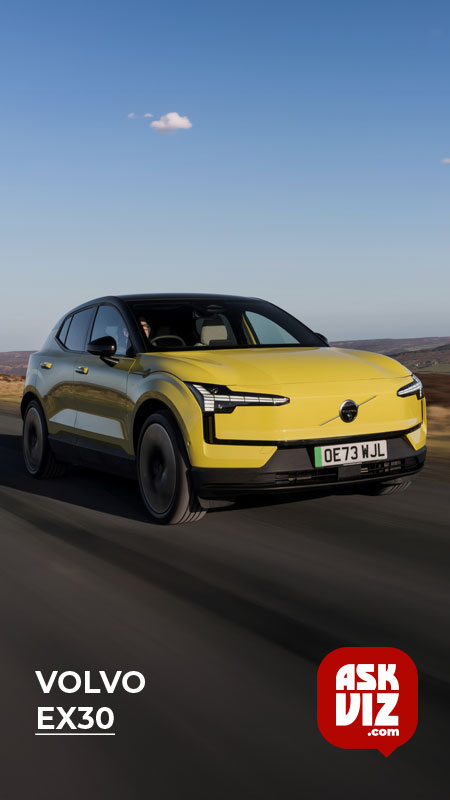
The revelation that Volvo’s “value” electric vehicle, which is intended to draw in new consumers, will debut in 2024 is what the company wants everyone to be talking about, not, instance, the seven-seat electric EX90, which was supposed to hit the road by the end of 2023 but has been postponed in order to complete more software development.
There are three variants of the entry-level EX30: a 51 kWh single motor, a 69 kWh single motor, and a performance twin-motor 69 kWh. It is built on the most compact version of Geely’s Sustainable Experience Architecture, therefore it naturally has specifications in common with the Zeekr X and Smart #1 of the group. The highest model is an NMC battery, dual motor, all-wheel-drive vehicle that produces 315 kW (428 hp) and reaches 62 mph in an absolutely absurd 3.6 seconds, as we stated in our assessment. This makes it the “fastest accelerating car ever” from Volvo, which is completely needless for such a market category and feels a lot like corporate boasting.
China is Growing
Apart from BYD, which has already made major strides in the West, a number of Chinese automakers are also making waves in 2024. Although we may not be as familiar with the brands, their releases may be even more significant because technological innovation and advancements made in China have a trickle-down effect and end up in EVs in the US and the EU. With assistance from Inside China Auto’s Mark Rainford, here is a brief route map.
Li Auto Mega
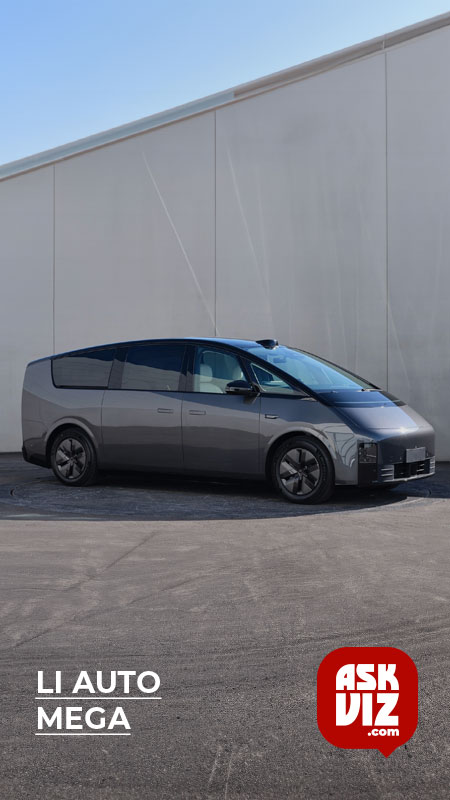
Li Auto is delivering German saloon levels of legroom in the third row while placing aerodynamics front and center on a multipurpose vehicle with the Mega. The first totally electric vehicle from the firm can charge 500 kilometers in 12 minutes. It will probably also include the most recent NOA system, which offers both city full self-driving and “valet parking,” where you exit the car at the door and it finds a spot on its own, which you can then summon later. Exports, however, aren’t anticipated until at least 2025.
Luxeed S7
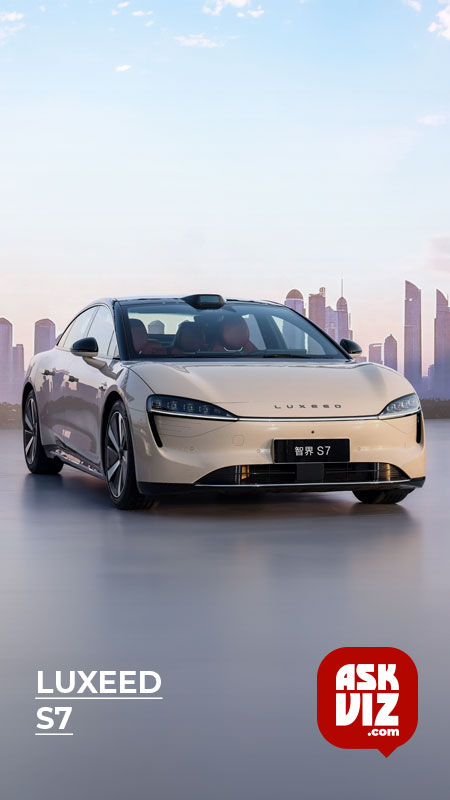
Built in collaboration with Chery, Huawei’s vehicle is positioned as a direct competitor to Tesla’s top-of-the-line Model S. It has a great autonomous drive system with the Harmony OS, which can drive itself across cities. Not because the car can’t drive itself, but rather due to a Chinese law, you must always have your hand on the wheel. According to the CLTC testing standard, your range is up to 855 kilometers, or more like 371 miles in actuality. A 215-kilometer charge takes five minutes as well. Though there is no information on exports, Chery is China’s top auto exporter, so there’s a chance the S7 will arrive soon.
Xiaomi SU7

With Xiaomi’s experience in smartphones and smart home devices, this electric vehicle is fascinating. Although it is new to the market, the firm will be competing directly with Huawei’s automobiles. Not much specific information is available at this time. There should be two different powertrain options: a more potent all-wheel drive version that produces 495 kW (664 horsepower; 673 PS) and a base rear-wheel drive version with power output of 220 kW (295 hp; 299 PS). The base model’s top speed is restricted to 130 mph, while the all-wheel drive version can only reach 165 mph.
XPeng G6
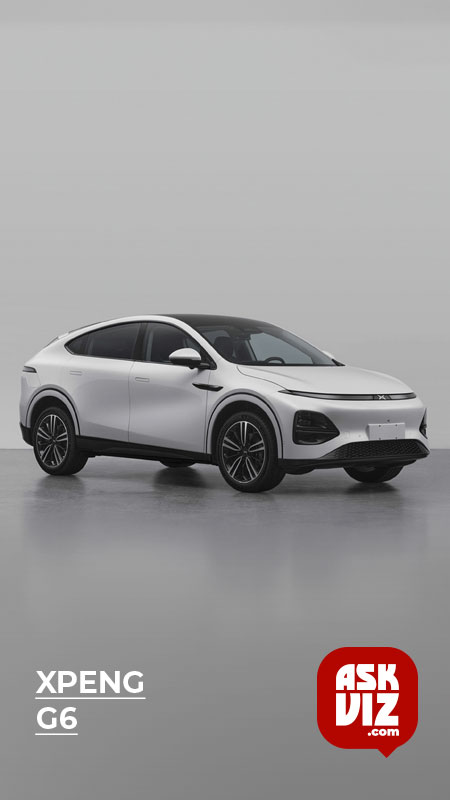
This amazing electric vehicle debuted in China in June 2023, but it will be available in a few Western European countries by 2024. Although we adored the G9, the smaller G6 is available with two drivetrain options: a standard rear-wheel drive model with 296 horsepower (221 kW) and an all-wheel drive option with 480 horsepower (360 kW). The larger battery has an 87.5 kWh capacity, whereas the basic battery has 66 kWh. XPeng announced at the launch that the G6 has a fast charging speed of up to 300 extra kilometers of range in just 10 minutes, which is made possible by the brand’s new modular SEPA 2.0 platform.
ROBO-02 JiYue
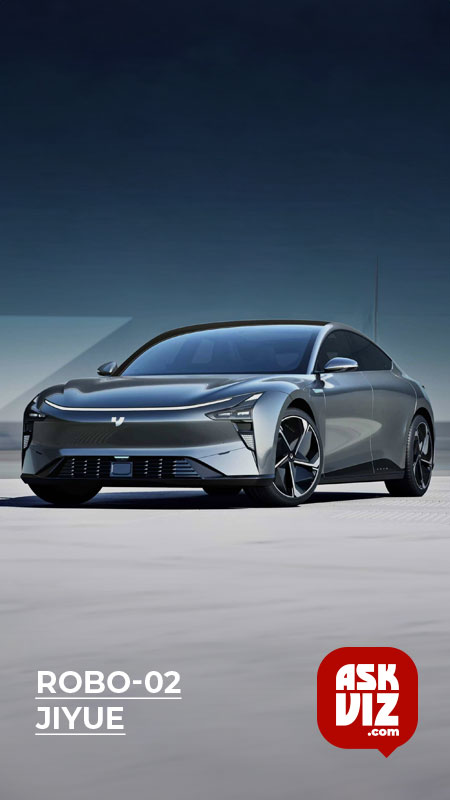
The second vehicle produced by Geely and Baidu together, following the JiYue (or occasionally “Jidu”) ROBO-1. While a significant portion of Baidu’s vast self-driving capabilities should be included, no Level 4 self-driving technology has been verified, in contrast to the company’s robotaxi services. It is anticipated to be constructed on Geely’s remarkable SEA design, which means that it will likely feature an 800-volt electrical system, 400 kW or more of power, and an enormous central screen.
FAQS
What are the electric vehicle trends for 2024?
As we step into 2024, big changes are happening in the EV industry and the electrification of transportation. Electric vehicle trends for 2024 include lower electric car prices, an expansion of electric vehicle charging stations, and greater EV charging plug compatibility
What is the future of electric cars?
By 2025, electric vehicle sales could comprise up to 20% of new car sales. By 2030, electric vehicle sales could reach 40% of new car sales. By 2040, electric vehicle sales could account for nearly all new car sales.






